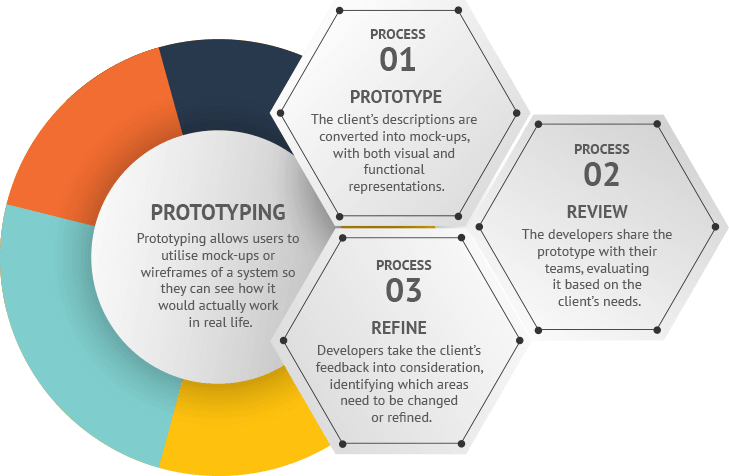Do you love the idea of sitting at your desk reading lengthy specification documents about your system requirements? Probably not, right?
Prototyping has become a frequently utilized technique for software development firms. Many of these firms recognize that many people would rather visit the dentist than spend hours going over a tedious, technical document.Prototyping allows users to utilise mock-ups or wireframes of a system so they can see how it would actually work in real life. Often, these are interactive, allowing you to click on links and drop down lists, navigate between pages, and test workflows from a user’s point of view.
Prototyping has become a frequently utilized technique for software development firms. Many of these firms recognize that many people would rather visit the dentist than spend hours going over a tedious, technical document.
Many people are special or kinaesthetic learners. That means that they can take in information more easily when they can see or interact with it. Prototyping uses visuals to demonstrate thousands of words’ worth of development and design specifications. This allows software development firms to show their customers how their web-based application or app will look and behave.
That means that you can see if you and your developers are on the same page early on in the development process. You can give feedback which will be quickly incorporated into the prototype’s design, since developers can quickly revise and change course if necessary.
Not only does this help teams experiment with different ideas and approaches, but it ensures that both clients and software development companies share a common understanding. Risk is reduced, all requirements are met, and clients receive a better design in a shorter time frame.
How does the prototyping process work?
Prototyping is basically a three-step process. This process is repeated until both sides are happy, and the developer moves forward in the development process.
Here’s how it works:

Prototype
Once a client has discussed their requirements with their software development company, the developers will get started on the prototype. The client’s descriptions are converted into mock-ups, with both visual and functional representations. Both user experience and best practices are taken into account.
Review
The developers share the prototype with their teams, evaluating it based on the client’s needs. They then share the prototype with the client, who decides whether it meets their expectations. The client will then provide developers with feedback based on that prototype.
Refine
The developers take the client’s feedback into consideration, identifying which areas need to be changed or refined. This allows the developers to provide the client with a closer, more polished replica of the final product.
Should you use prototyping?
Many people assume that a prototype is a fully functioning version of a website, software, interface, or application. But prototypes are intended to help you visualize the user experience of your final product.
Some good candidates for prototyping include new functionality, complex interactions, or changes in design, technology, or workflow. The aim should be to focus on approximately 20-25% of the functionality that users will use 75-80% of the time. The main point of prototyping is to demonstrate how a change will work, or what the design will look like- without completing the entire project.
Prototyping allows you to be engaged and give feedback early on in the development of your project. Prototypes are produced quickly, which means projects are completed more quickly. You can also shave out features that don’t make a real impact on user experience, and focus on the core value, so the process is streamlined.
Prototyping also ensures that less time is spent making expensive changes later on in the development process. And this means that your project will be more cost-effective.
Looking for a software solution to help grow your business? Get in touch today to learn how we can make it happen.



